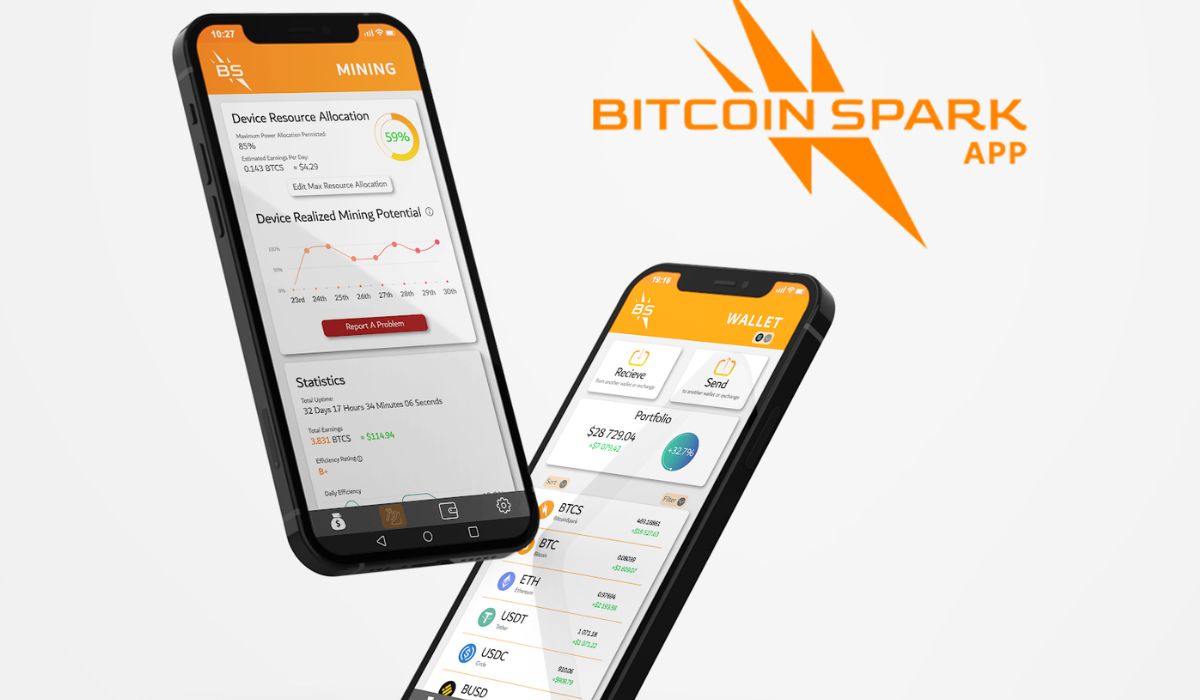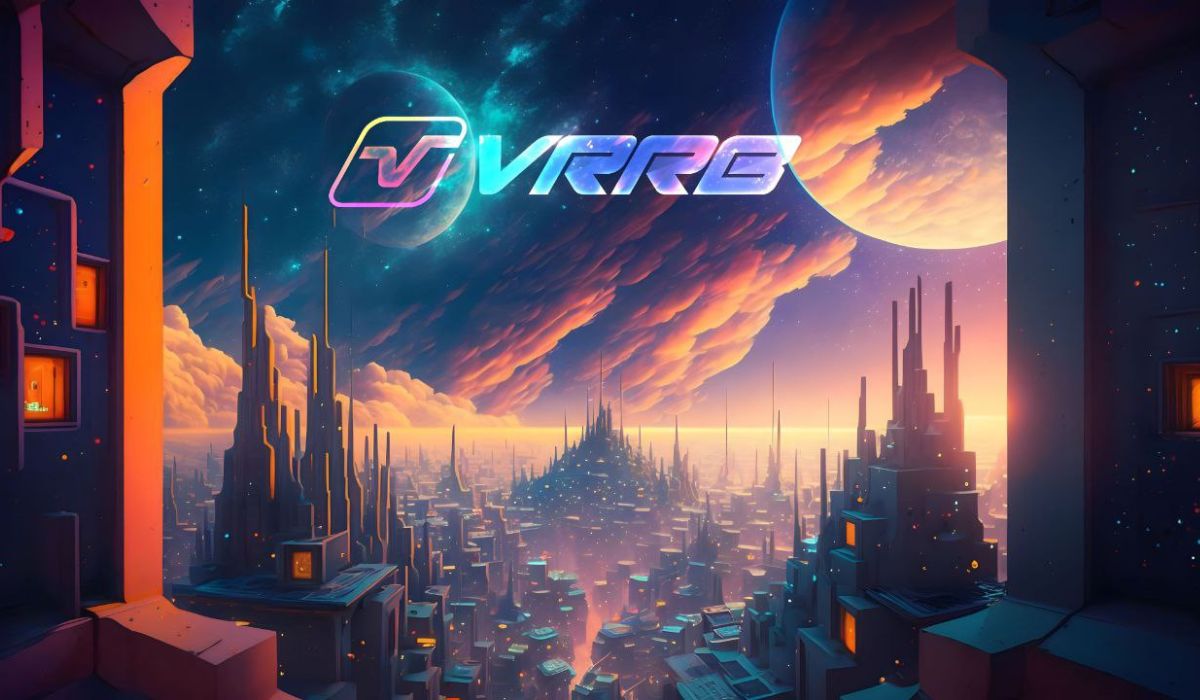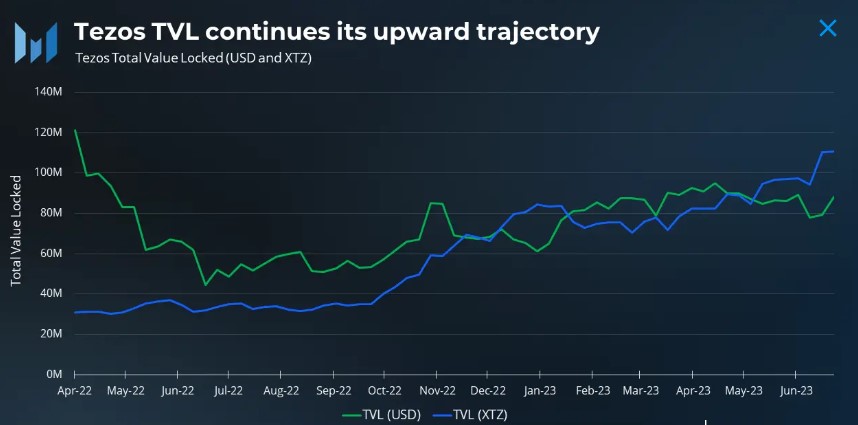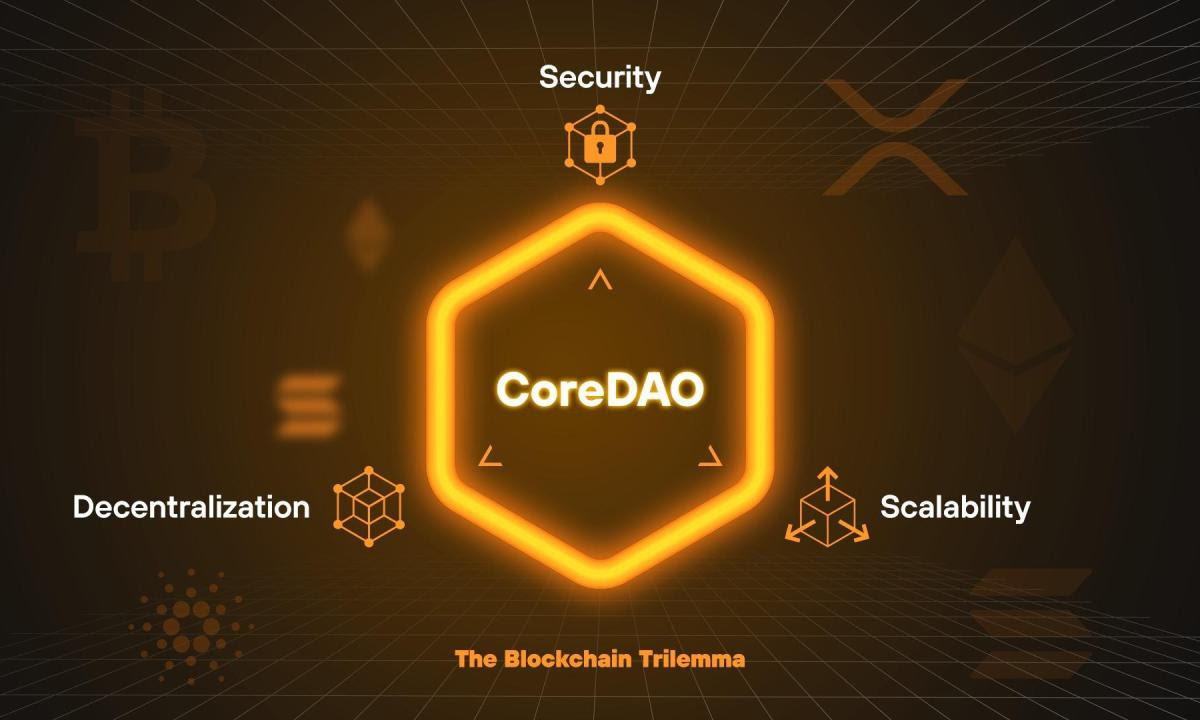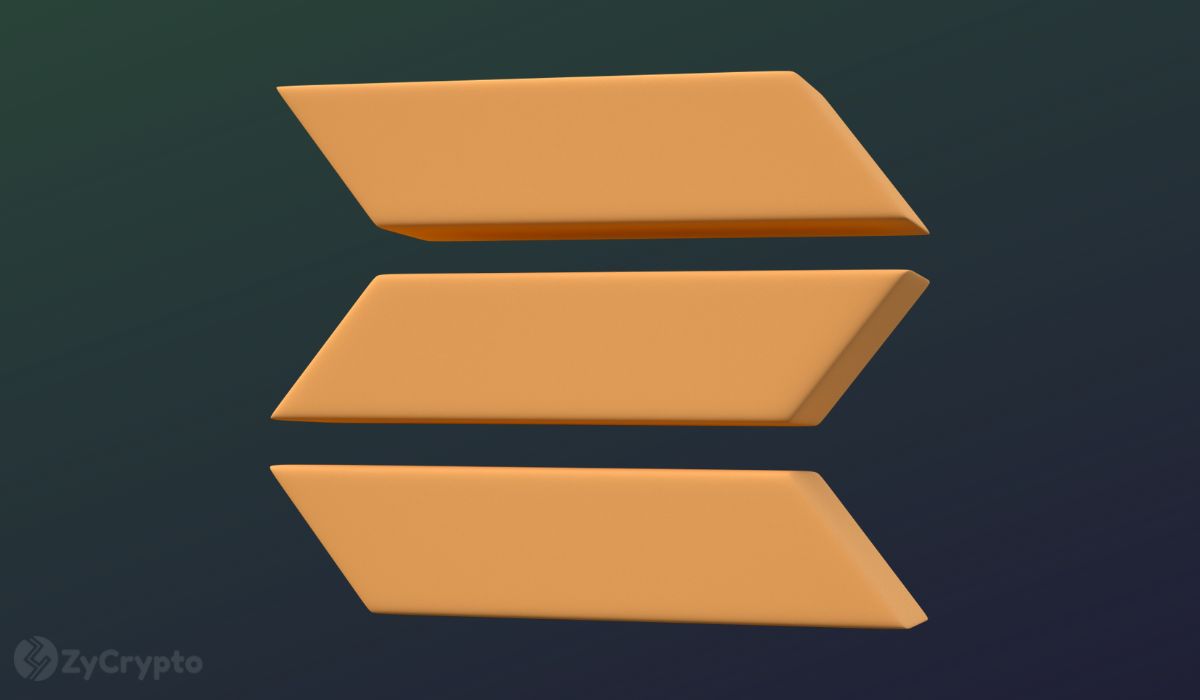
2024-4-11 06:00 |
How many new Web3 solutions have you encountered recently? What was their value proposition? Most likely it was transaction scalability, fee reduction, speed optimization, or a new token for yet another payment system. It almost seems that the blockchain industry is stuck in a Groundhog Day of exclusively solving a single task: transferring currency from one wallet to another.
An actual problem in the early days of Bitcoin, this is a major roadblock to the development of Web3 now. It is the right time to admit that blockchain is no longer a niche sector centering on cryptocurrency transactions but a powerful framework to revolutionize various real-world industries. What it needs is to learn to find the right product-market fit.
We Already Have Enough AltcoinsA few years ago, the landscape of promising blockchain was drastically different: Litecoin, Bitcoin Cash, Monero, Zcash, and many others — you name it. While a few of these altcoins are still in the game, they are inconceivably far from making it to the headlines. And yet, these altcoins represented the technological frontier of crypto capabilities in 2013-2018. Bitcoin forks and bespoke blockchains alike, altcoins strived to make payments faster, cheaper, and more secure.
This era has come to an end. We already have multitudes of functioning altcoins in 2024 — please, let’s finally set the expectation bar higher than basic digital currency transactions. With the advent of Layer 2 solutions and account abstraction, the technical layer of blockchain is more than sufficiently explored. Now, it is up to new projects to develop a healthy ecosystem approach and learn to apply these technology tricks to real-world issues.
Add Utility — Fuse with the Real EconomyEcosystems without added utility are nothing more than speculative investments with no fundamental value. Indeed, a generic process of buying tokens to stake more tokens suspiciously resembles a Ponzi scheme or an asset bubble. No matter how many dApps you have, hype is short-lived. Dogecoin, at its zenith, had a $90 billion in market cap. Where are its applications and users now?
On the contrary, Ethereum successfully elevates blockchain to a level transcending simple payments. Starting from colored coins and evolving into smart contracts, Ethereum identified a vacant niche and transformed how we treat digital ownership, governance, execution of legal contracts, and finance, paving the way for applications like MetaMask and MakerDAO.
But even good applications in theory may fail in practice. Blockchain’s transparency was expected to revolutionize the backend mechanisms of online casinos and achieve true randomness. Years later, Web2 online gambling still thrives. Decentralized prediction markets like Augur were proclaimed to fully replace traditional bookmakers and allow users to regain flexibility and control over their betting lines. In 2024, Augur’s token price is a mere 0.24% of its all-time high.
Real-World Integration of Blockchain: Grab the Low-Hanging FruitThe truth is, it is impossible to gauge the consumers’ interest beforehand. Traction is achieved not via visionary appraisals but through consistent market testing. While a Web3-based alternative may bring data efficiency and lower costs to the company, if it fails to appeal to the users directly, it is doomed.
Users have to love the new-coming application like they loved Uniswap and Midjourney — otherwise, groundbreaking technology is nothing but wasted potential. Instead of stubbornly sticking to the “disrupting the incumbents” paradigm, blockchain should seek strategic collaborations with traditional industries and improve already tested niches and business models.
In the pursuit of rocket science applications, developers are forgetting about the basic property of every blockchain — immutability. Yet, this very property is the low-hanging fruit with the most potential in real-world use cases.
Blockchain has already been implemented to track the provenance of expensive jewelry and the origin of fine wine, and to store Austrian governmental documents. Companies like Walmart, as well as projects such as HAQQ and GoMeat, plan to adopt blockchain to comply with food-tracing policies. Moreover, various initiatives to facilitate direct blockchain voting emerge locally and countrywide.
Efficiency in data storage, speed of confirmation, and the assurance that data has not been tampered with allow blockchain to digitize real-world assets into digital tokens. These tokens represent physical and traditional financial assets like currencies, commodities, equities, and bonds. The most prominent recent example is tokenized US Treasury bills.
Recent data shows a 657% annual growth in the market capitalization of tokenized US Treasury bills, reaching more than $845 million. More countries are showing interest in these instruments, with tokenized bonds from France and Italy and even tokenized sukuk, expected in the near future.
This transformation brings these assets into the Decentralized Finance realm, broadening the availability of financial instruments that are typically inaccessible to many. Consequently, it paves the way for innovative applications and empowers individuals with limited funds to engage with these significant assets. A blockchain ecosystem, or a project capable of achieving this transformation most effectively, will thrive in the crypto market for a long.
Overcoming Future Challenges — Find the Product-Market FitWhile the future pace of blockchain’s real-world integration may be limited by the vague fate of smart contracts enforceability from the regulatory viewpoint, scalability issues, and poor UX, these challenges are feasible to overcome.
Account abstraction, Layer 2 solutions, and the ongoing development of regulatory frameworks by governmental and nongovernmental institutions like the International Swaps and Derivatives Association help advance both the technical and legal aspects of blockchain’s wider adoption.
Yet, the most crucial part remains catering to the consumers’ demand and filling a vacant niche. We have advanced Web3 far enough technology-wise, and now we need to solidify the industry positions on the real markets. Stop aiming for visionary predictions — aim for the product-market fit.
The post Enough altcoins: Let’s integrate blockchain into the real economy appeared first on CryptoSlate.
origin »Time New Bank (TNB) на Currencies.ru
|
|



